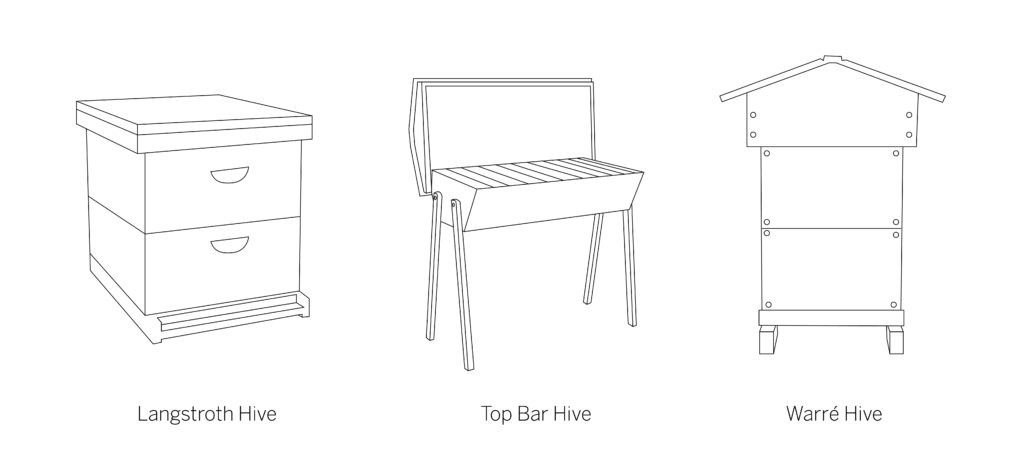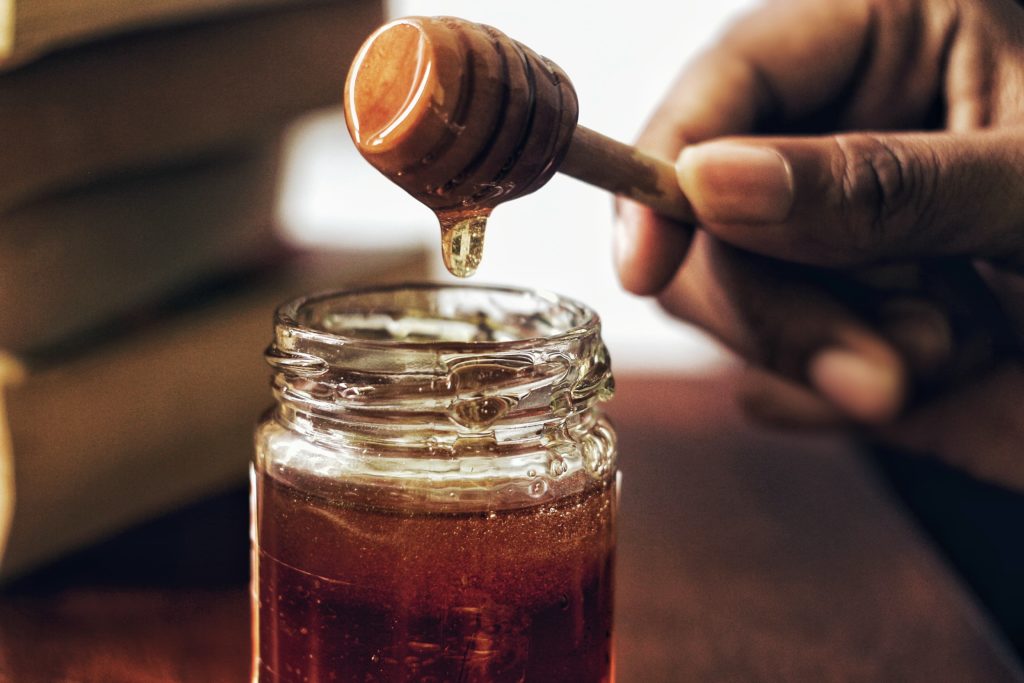A Beginner’s Guide to Backyard Beekeeping
Bees are amazing creatures. They pollinate plants, sustain healthy ecosystems, nurture agricultural cultivation, and produce delicious honey and useful beeswax. Bees are so beneficial that many people have found that keeping their own colony of bees in their backyard is a rewarding hobby.
Backyard beekeeping sounds daunting, but it’s easier than you might think. Even if you are a little afraid of bees and don’t want to be stung, you may find that getting over your fears and establishing a backyard beehive is well worth the effort it takes to produce a jar of sweet, homemade honey. Here’s a guide to getting started.
1. Hit the Books
Before you dive into backyard beekeeping, it’s best to figure out whether you are ready for the commitment. Beekeeping isn’t very time-consuming — the bees do most of the hard work for you. However, maintaining your hives and protecting your bees from pests and disease does require regular maintenance, care, and careful attention. Spend some time reading about bees and beekeeping. Learn how the process of honey-making works so you understand everything that goes into maintaining a healthy hive.
2. Ask the Experts
You may want to reach out to local beekeeping organizations in your area. Beekeeping has become a popular hobby in Texas, and many organizations across the state are enthusiastic about mentoring new keepers. Interacting with experts and other local beekeepers will help you learn more about the ins and outs of the hobby and give you a better sense of whether beekeeping is for you. It’s always nice to have a community you can rely on when questions arise.
3. Make a Plan
Establishing a successful hive can be tricky. It will require good planning and a few important tools. It’s best to start in the spring, when bees are most active collecting honey. If you establish your hive in the springtime, you should have your first batch of fresh honey by the end of the summer, which is great motivation as you begin this venture.
4. Gear Up
It’s important to protect yourself with the proper gear. Here are the three key pieces:
- Veil: The veil to cover your head and face is your most important piece of protective gear, as it helps protect your eyes and face from stings and helps with vision.
- Gloves: You can buy beekeeping gloves, but you may find that you get by just fine with a pair of kitchen gloves. Some daring beekeepers even forgo gloves altogether, knowing that they are unlikely to be stung if they are calm and respectful of the bees, but this is advanced magic.
- Full-length suit: There are also full-length beekeeping suits, but full-length clothing may suit you fine.
5. Get Equipment
There are a few key tools you’ll need to care for a hive. These items will help prevent stings and help you harvest your honey efficiently.
- Smoker: Smoke calms bees, which is helpful when you are disturbing the bees to access their hive and harvest the honey.
- Hive tool: This instrument, which looks a little like a crowbar, is used to break apart the boxes that comprise your beehive. They can get stuck together with beeswax and propolis, a resin-like material that bees make.
- Scraper: The scraper is used to remove wax and propolis.
- Uncapping scratcher: This tool can be used for extracting your comb to release honey.
- Honey extractor: These electric- or hand-powered machines process the honey out of your hive. You place the honeycomb in a long drum that looks like a garbage can, and a mechanical device spins them, pulling the honey out with centrifugal force while keeping the combs intact for future batches.

6. Build (or Buy) a Beehive
Choosing the type of beehive that works best for you depends on your location, the desired size of the hive, and your experience. You can build your own hives, but they are also readily available at many supply shops. There are three basic types:
- Langstroth Hive: The most commonplace hive design, the Langstroth is popular with beginner beekeepers. Essentially, it is a box with removable parts. It contains a stack of chambers, including supers, where honey is made; frames, where bees make beeswax; and a brood chamber, where the queen lays her eggs.
- Top Bar Hive: The oldest and simplest hive design, the top bar hive consists of a long box and several wooden bars, from which bees build their honeycombs. Its key advantage is its simplicity of design; it requires less heavy lifting than the Langstroth to harvest honey, without all those boxes to unstack. However, it is a little more complicated to build, as it must be elevated off the ground.
- Warré Hive: Combining aspects of the Langstroth and the Top Bar, the Warré hive has a stacked-box construction but provides vertical wooden bars — instead of chambers — for bees to establish their honeycombs.
7. Find Bees
It’s not difficult to find bees these days, thanks to the proliferation of beekeeping groups and associations. These groups often have useful resources for finding bees to establish a hive, and there are beekeeping supply stores across Texas.
It will help you to know what kind of bees you are looking for and how you want to establish your hive. When you purchase your bees, make sure you know the breed, as some species are more docile and easier to manage for new beekeepers. There are two main types of bee colonies you can buy:
- Package bees: These come with a queen, workers, and a feeder filled with syrup to help get your hive established.
- Nucleus hive: These half-sized established colonies come with a queen, a brood of baby bees, workers, drones, and some established honeycomb. This option helps you establish a hive faster.
8. Move Them In
After you’ve moved your bees into their new hive, they should acclimate to their new environment quickly. Keep an eye on them as they establish themselves, consulting your beekeeping associations if you have any questions. Then, wait for your bees to work their magic. By fall, you’ll be rewarded for your careful stewardship with fresh, sweet honey.

9. Eat Honey!
This part needs no instruction.
Learn how Texas’ professional beekeepers are doing it.
© 2020 Texas Farm Bureau Insurance



